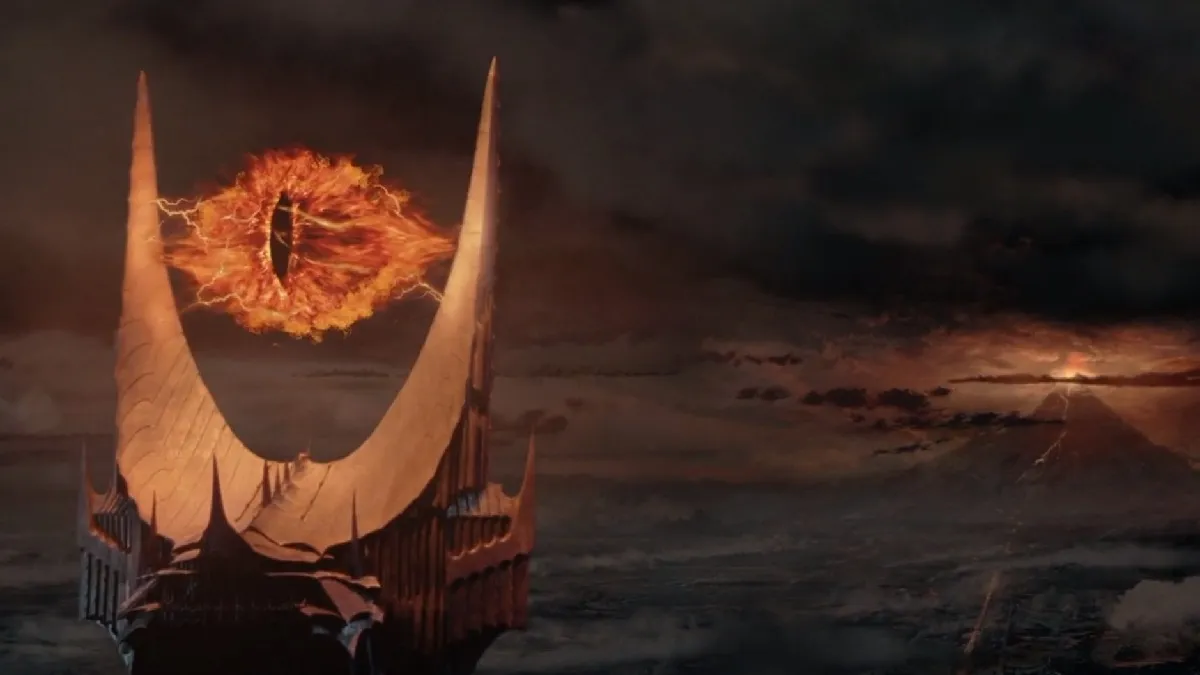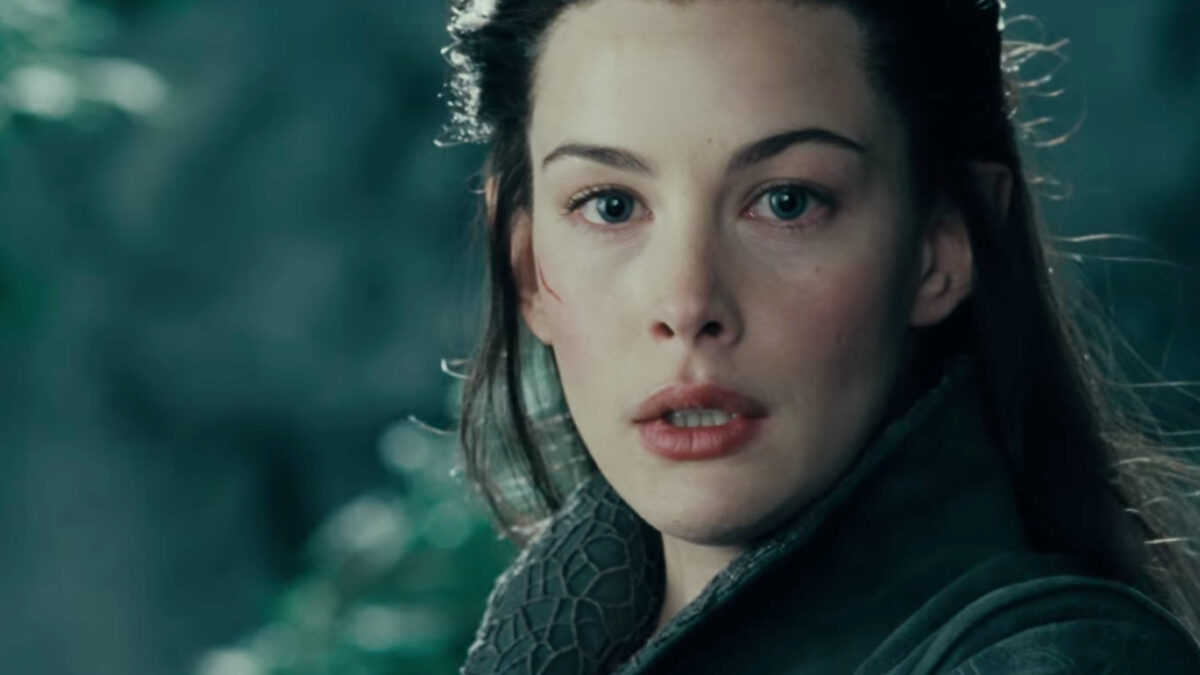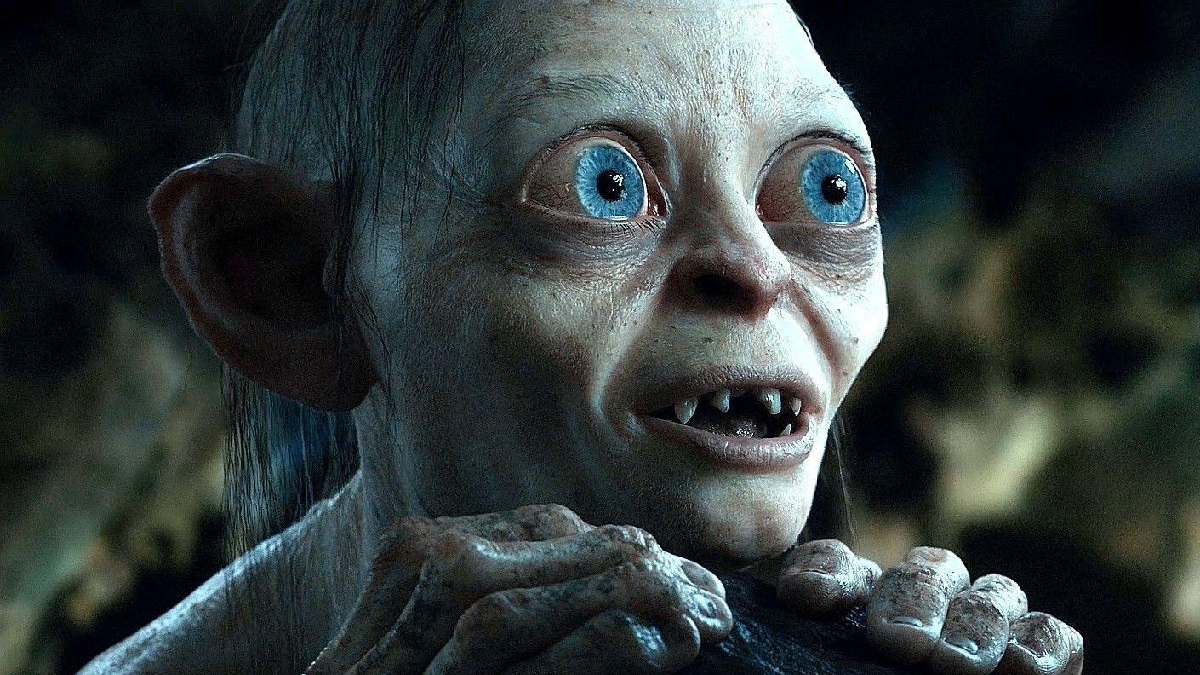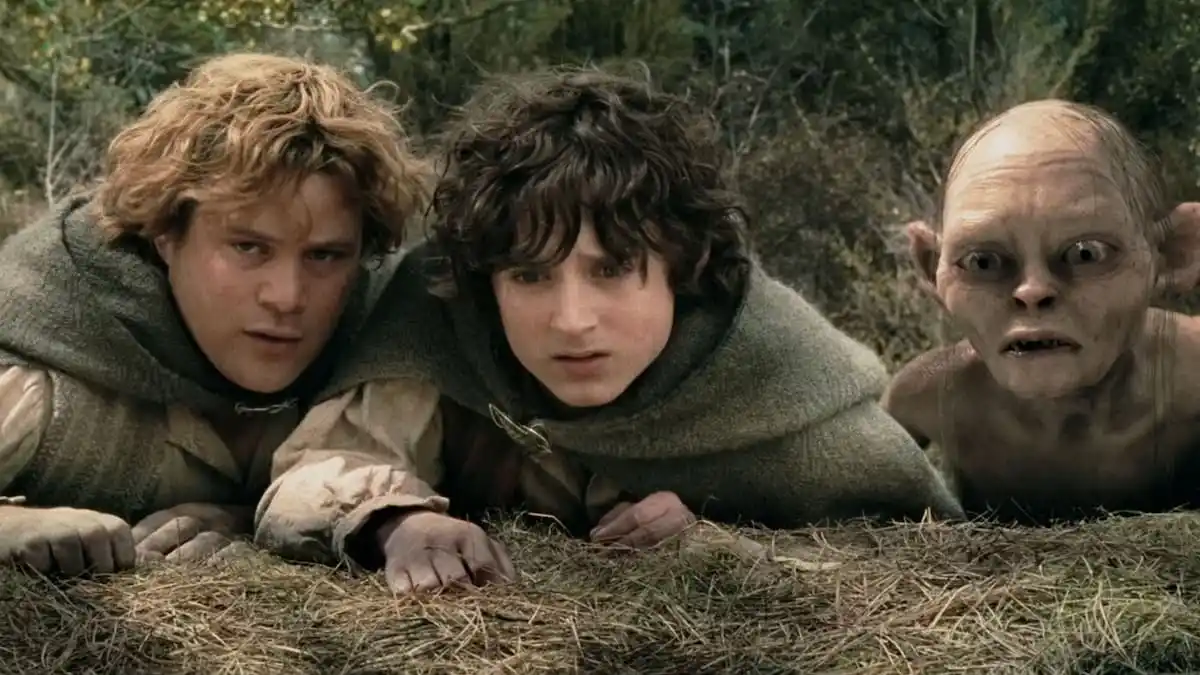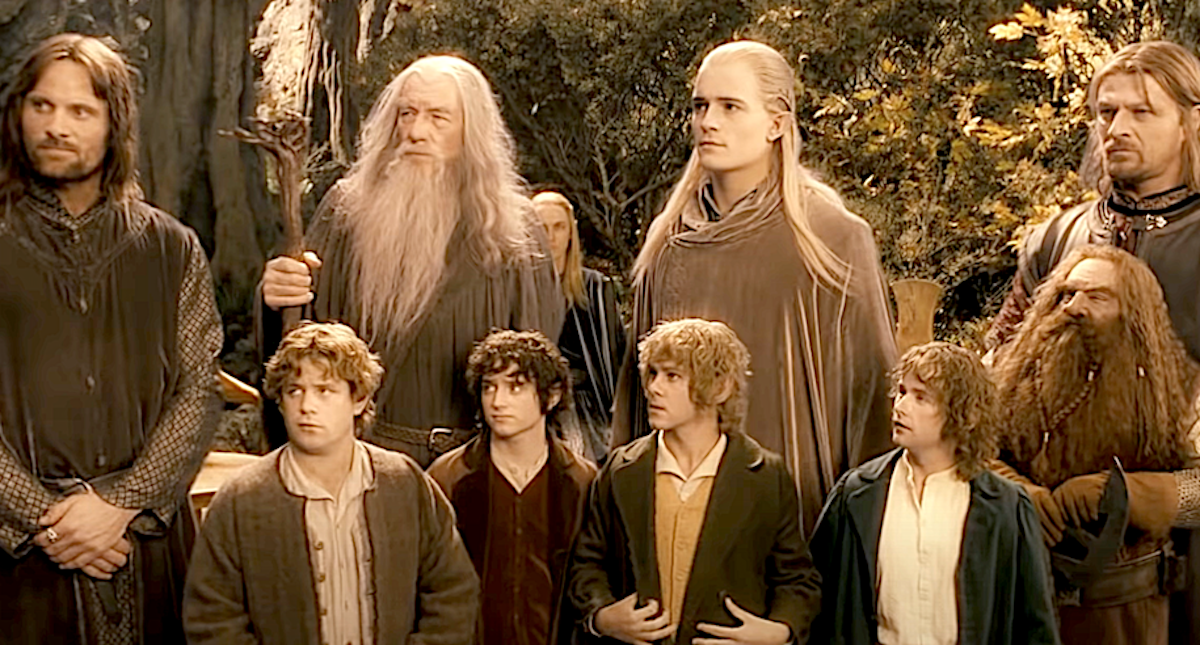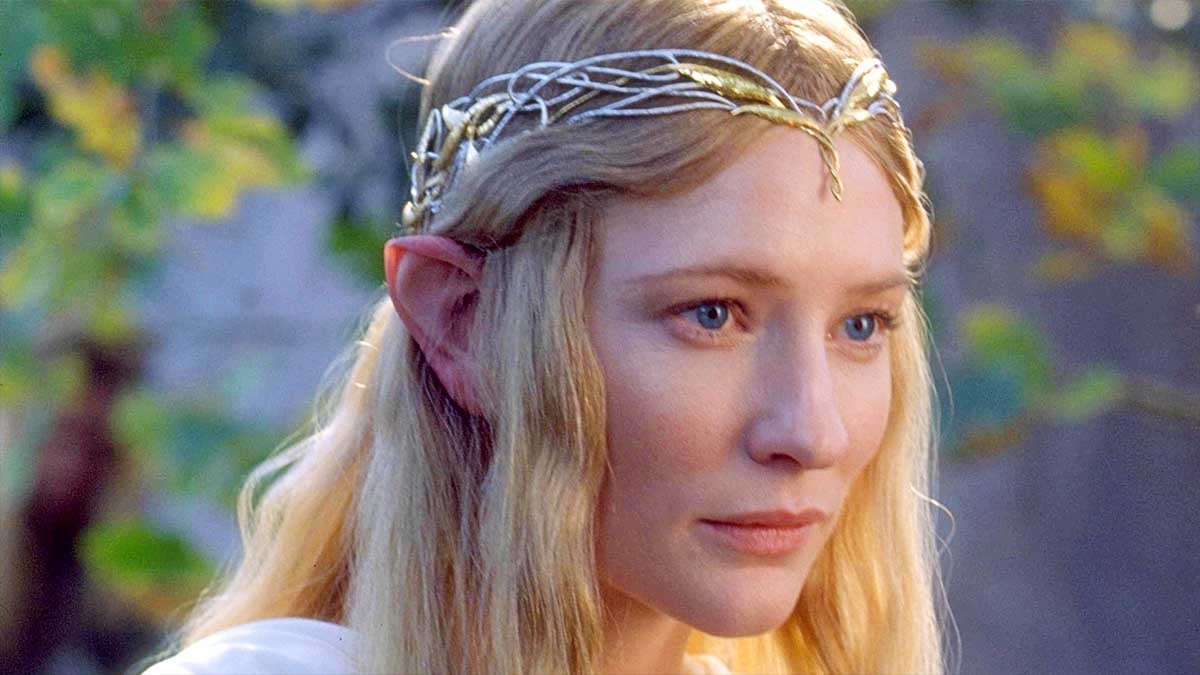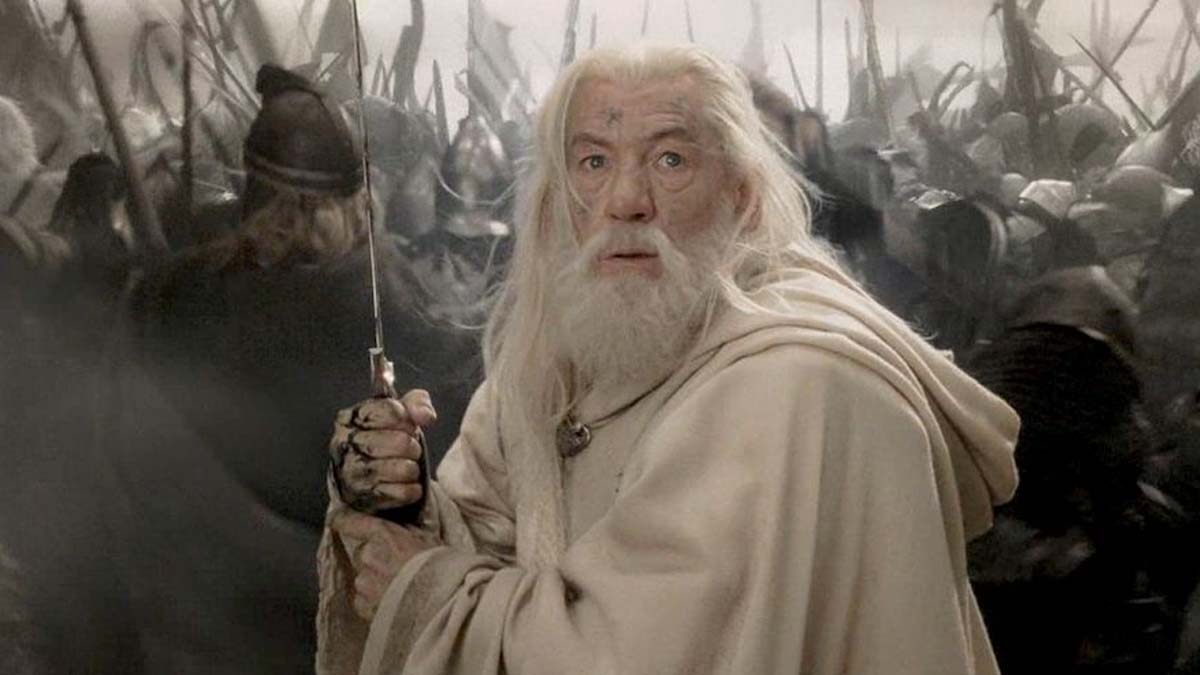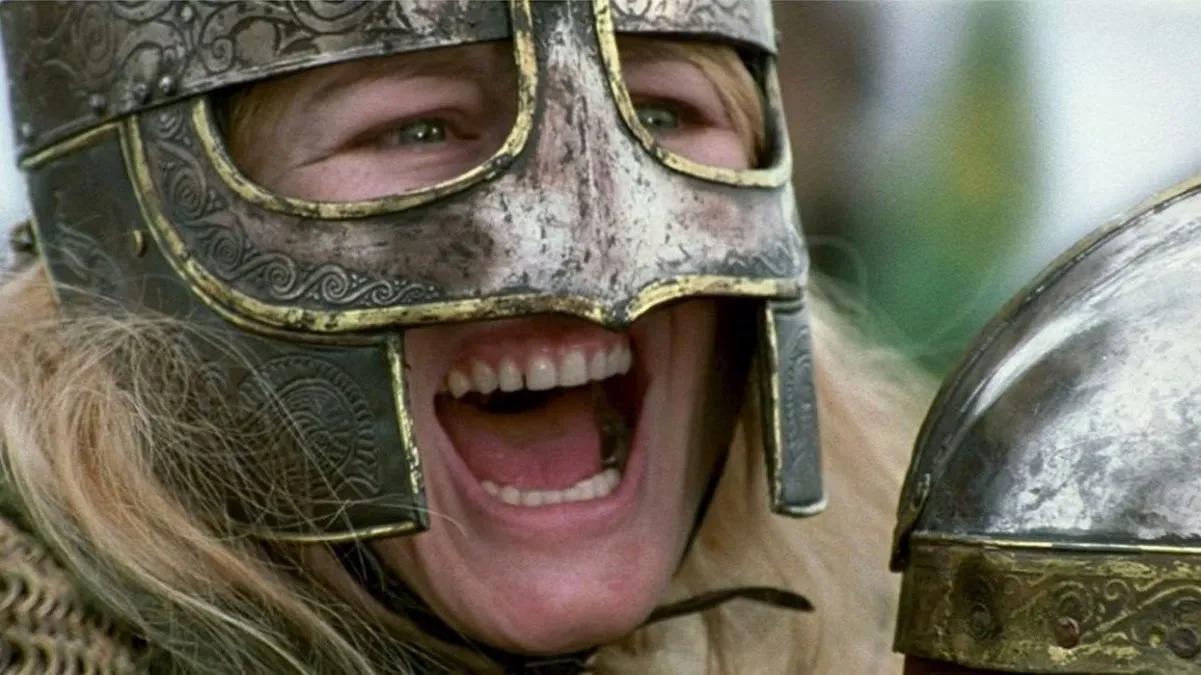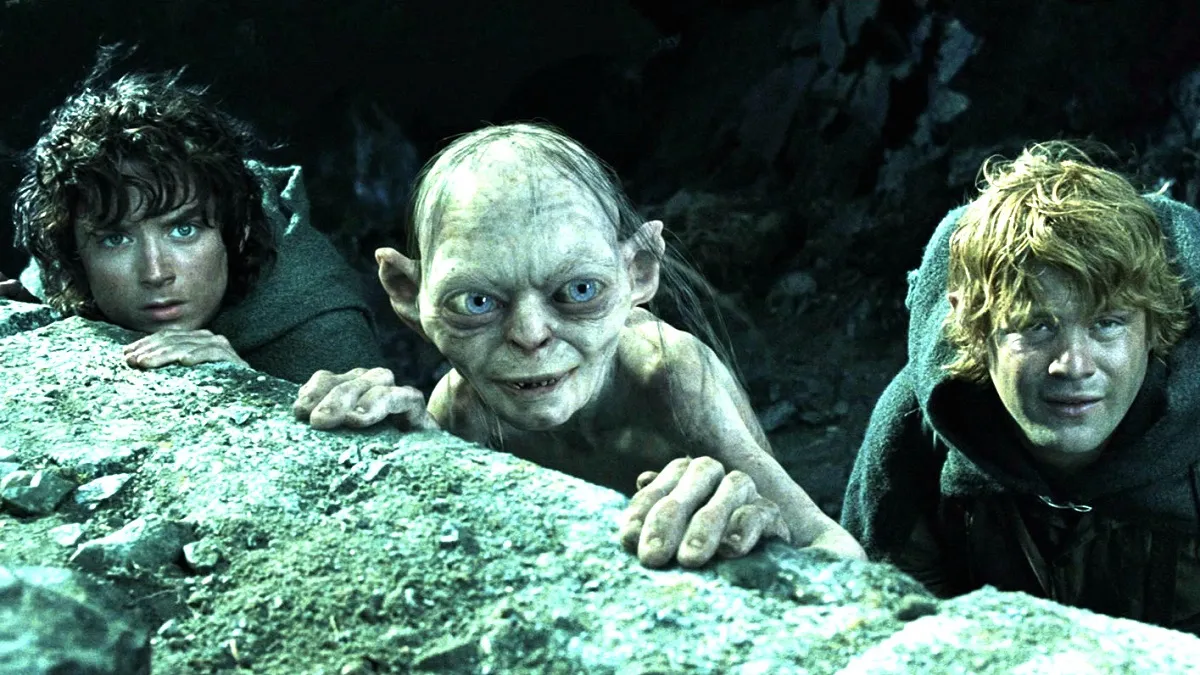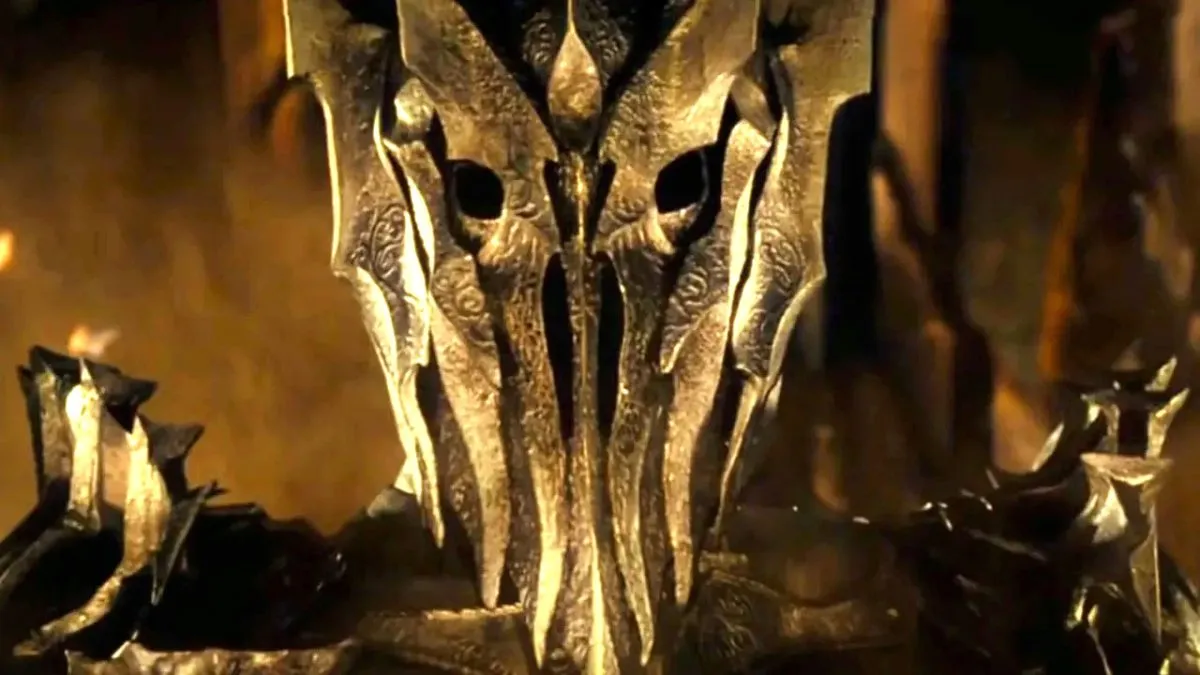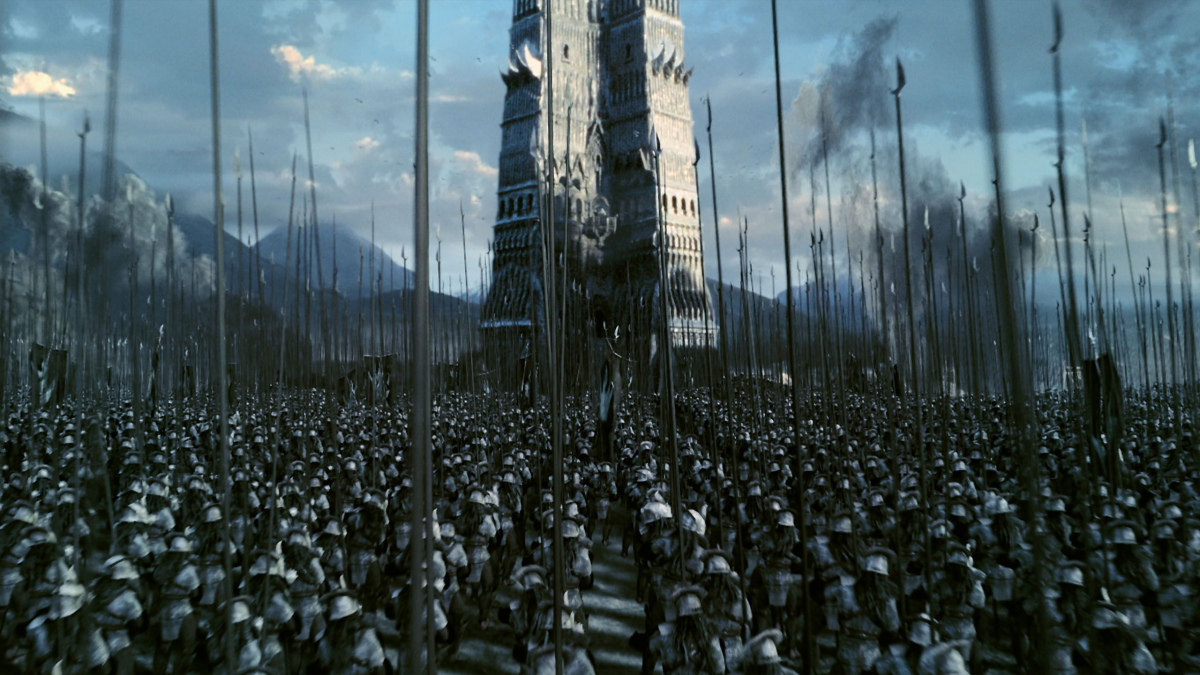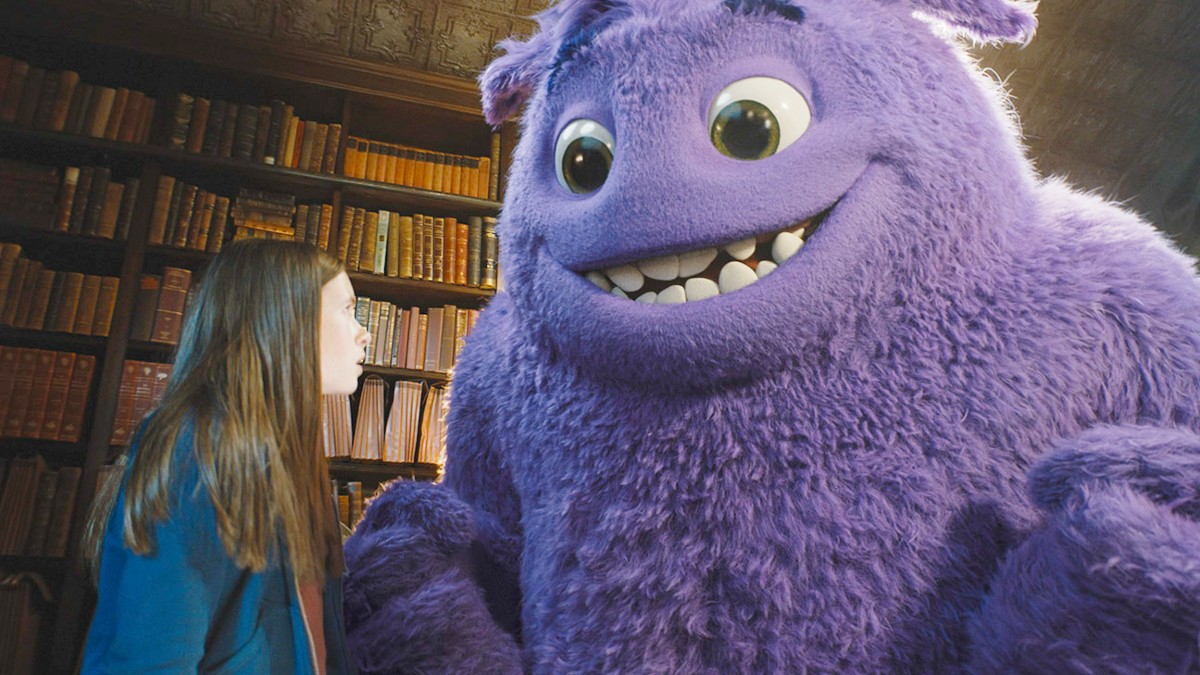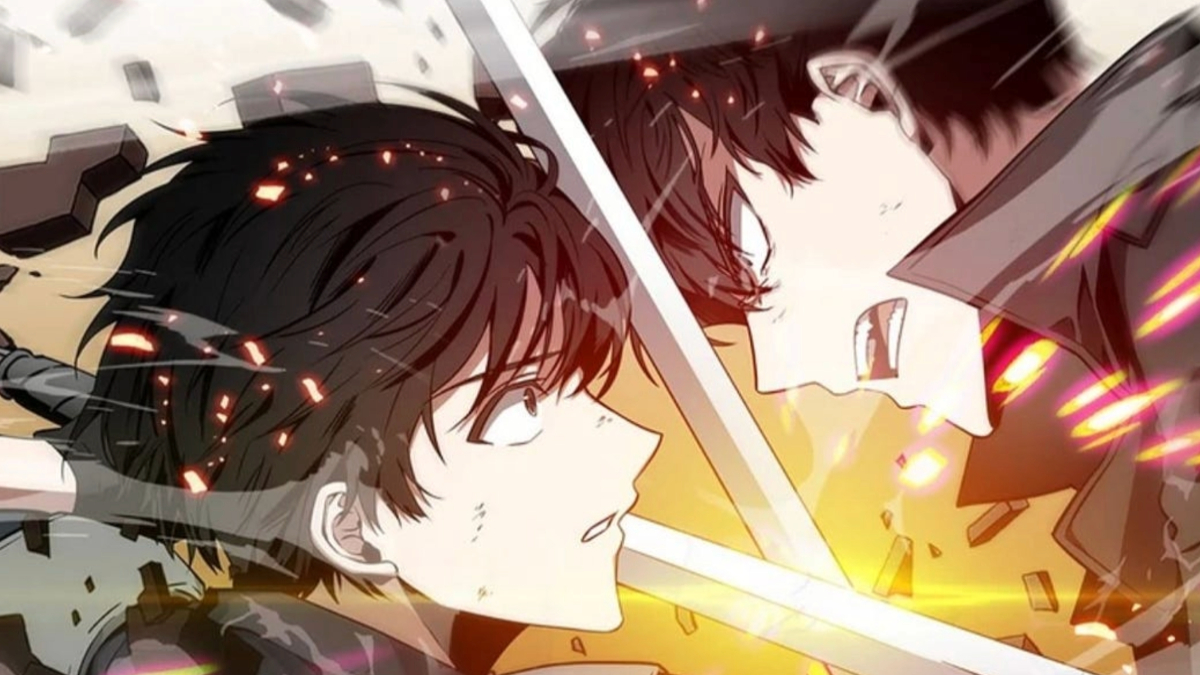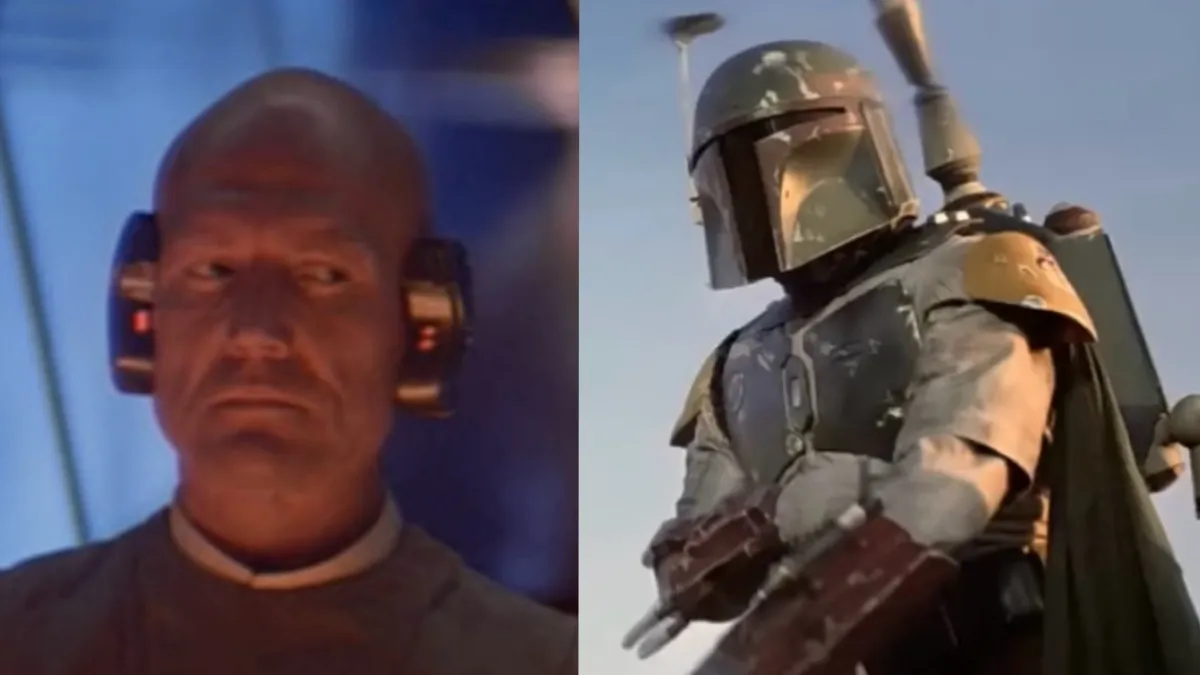The Lord of the Rings was originally conceived by J.R.R. Tolkien as a single story, and when the author learned that he wasn’t going to publish the whole of it in a single volume, he had to make a huge sacrifice and come up with a naming scheme that has confused Middle-earth fans ever since the book’s publication in 1954.
Despite Tolkien’s insistence that The Lord of the Rings is one book divided into a set of volumes, his publishers weren’t keen on releasing all of it at the same time. A major contributing factor was the high price of paper in the aftermath of World War II, and though modern fantasy readers now have an affinity for lengthy novels, the audience back then wasn’t exactly used to 1000-page manuscripts. And not least of their concerns was the limited capacity of printing machines back then. The Lord of the Rings as it is available today was simply not possible in the early ‘50s.
So Tolkien divided the story into three separate books, each consisting of two volumes. The first part was easy to name. The heroes set out on a quest to destroy the One Ring, hence the name The Fellowship of the Ring. The third is a bit more tricky with all the intricate plot threads that come together for the final payoff, but going with The Return of the King is a pretty straightforward and commendable choice. But what about the middle chapter, the string that attaches the beginning of the story to its end?
The professor ultimately chose The Two Towers for this second act, but given just how many towers there are in Middle-earth at the time, fans have always found the interpretation of that title to be more than a little confusing. If the first book is about the Fellowship and the third book is about Aragorn’s return, what are those two towers in the second title? This gets even more difficult to wrap your head around when you bring Peter Jackson’s cinematic trilogy into the mix, which depicted the two towers in a completely different light.
But don’t worry, because as ever, we’ve got this covered.
The enigma of the four towers
For people who’ve only ever watched The Lord of the Rings trilogy and not read the books, the Two Towers analogy obviously refers to Saruman’s spire of Orthanc and Sauron’s fortress of Barad-dûr. There is even a scene in The Two Towers where Christopher Lee’s villain monologues the “union of the Two Towers” and how they will bring about mankind’s doom. Later in the movie, Faramir remarks that Sauron and Saruman have coordinated their attacks to take out both Rohan to the west and Gondor to the east, so the whole movie — from a thematic standpoint — centers around the offensive from the two evil forces.
But that’s not the way Tolkien envisioned this story in the books. You see, The Lord of the Rings has a very peculiar structure compared to modern narrative devices. From The Two Towers onward, the story is actually told from two different perspectives, and the timelines continue to crash over each other and take readers back and forth all the way through to the end.
In the books, Boromir actually dies at the beginning of The Two Towers, and then the story continues to chronicle Aragorn, Legolas, and Gimli’s journey as they traverse the Riddermark, reunite with Gandalf, save King Theoden, and end up at the Battle of Hornburg, also known as the Battle of Helm’s Deep. It is after reading through all of this that you get back to Frodo and Sam, who continue their journey toward the land of Mordor, where the shadows lie.
The Two Towers movie takes four or five chapters out of the Two Towers book and ends Frodo and Sam’s journey on the doorsteps of Minas Morgul. The books — meanwhile — continue to depict the story all the way to Shelob’s lair and the taking of Frodo by orcs to Cirith Ungol. This deviation isn’t necessarily a fault on Jackson’s part. When Frodo and Sam are climbing the stairs to Shelob’s lair, Gandalf and Pippin are fighting the battle of Minas Tirith to the west. So, the middle of The Return of the King and the end of The Two Towers actually take place at the same time.
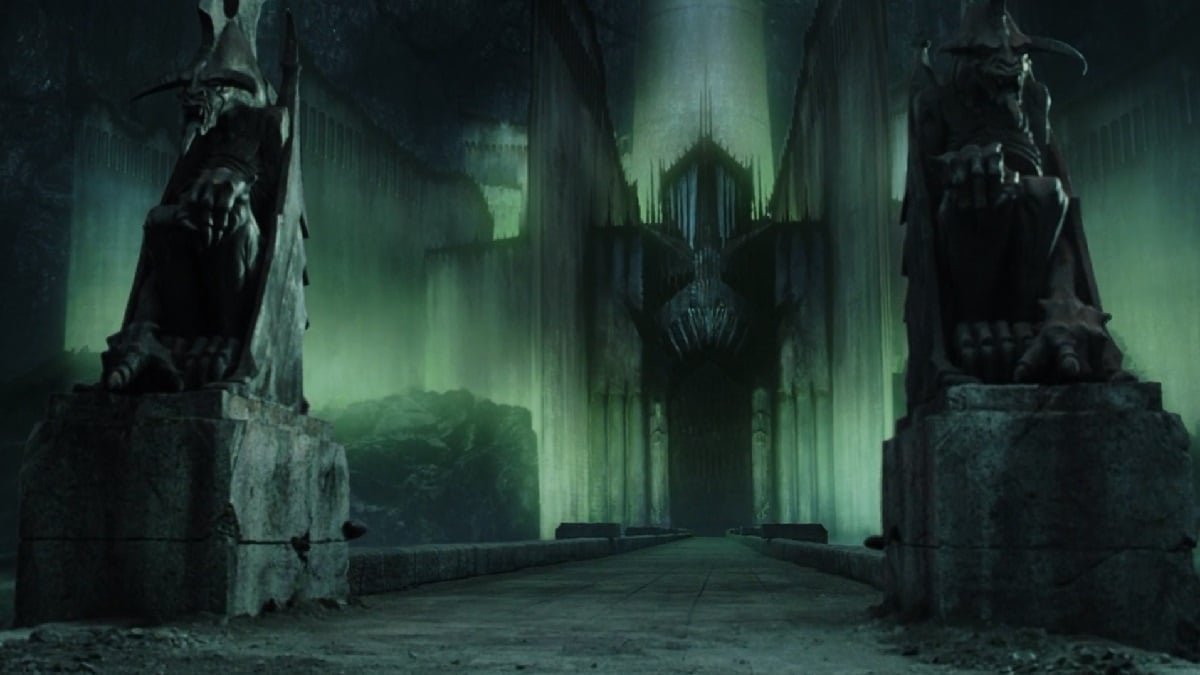
Peter Jackson streamlined the story to avoid this confusion in the live-action adaptation, but that left him with a bigger problem. The two towers Tolkien refers to in his own narrative are probably Minas Morgul (formerly Minas Ithil and the dwelling place of the Witch-King) and Cirith Ungol, which used to be an old Gondor watchtower. Frodo visits both of these places on his journey, so that could explain the symbolism behind the two towers.
Then again, it could also be that the first tower is Orthanc, signifying the Fellowship’s fight against Saruman in the first half of the book, while the second tower is either Minas Morgul or Cirith Ungol – covering the second part of the tale. Either way, Jackson had reached neither tower at that point in his story, so he had to come up with a different interpretation of the title.
Of course, even that interpretation remains a bit of a contentious topic. Could Tolkien not have been referring to any of those towers, but instead drawing a parallel between Minas Tirith and Minas Morgul? In years past, Minas Tirith used to be called Minas Anor, which literally translates to the “Tower of the Sun.” The fallen Minas Morgul, meanwhile, was erected as the twin of Minas Anor to the east. Minas Ithil, as it used to be called, meant the “Tower of the Moon.” The cover art for The Two Towers book, featuring the symbols of the sun and the moon over the towers, certainly makes a compelling case for this theory.
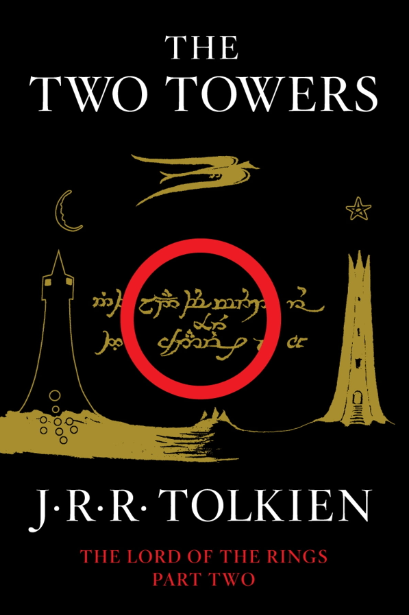
Tolkien certainly doesn’t make it easy on himself or his viewers, eh? But I guess that’s also part of the fun — that you could possibly extend the symbolism to this degree and not only fix a glaring plothole in Jackson’s movie but draw numerous parallels out of it.
Remember that Tolkien was very particular with how he chose words and names and titles, so there is always more to these seemingly trivial topics than meets the eye.

